Is Subway Healthy?
Subway, the globally recognized fast-food chain famous for its customizable submarine sandwiches, promotes itself with the tagline “Eat Fresh.” Over the years, Subway has carved a niche in the fast-food industry as a healthier alternative to greasy burgers and fried chicken. But the question remains: Is Subway truly healthy?
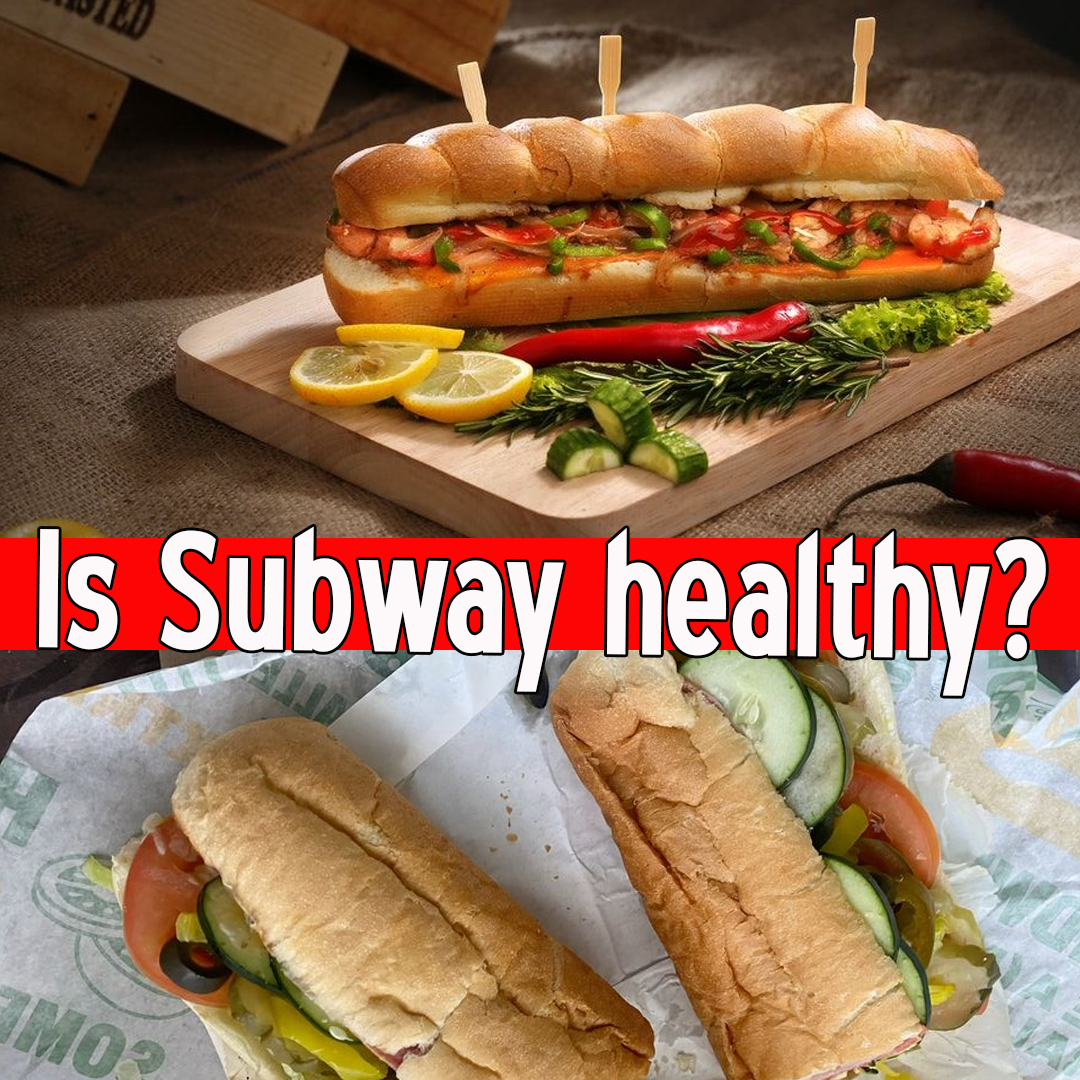
Is Subway healthy?
1. Subway’s Brand Image: The “Healthy Fast Food” Pioneer
Subway gained mainstream recognition as a health-conscious brand in the early 2000s, partly due to the famous “Jared Fogle” campaign, where the spokesperson claimed to have lost significant weight by eating Subway subs. The chain marketed itself as a place where customers could build low-fat, low-calorie meals — a stark contrast to the fried and calorie-heavy offerings of traditional fast-food restaurants like McDonald’s, KFC, and Burger King.
But while Subway has done a great job in positioning itself as healthy, healthfulness depends entirely on how you order.
2. The Building Blocks of a Subway Meal
A Subway sandwich or meal typically comprises:
- Bread: Multiple options including white, wheat, multigrain, honey oat, and flatbread.
- Protein: Chicken, turkey, ham, tuna, roast beef, meatballs, or plant-based options.
- Veggies: Lettuce, tomatoes, onions, cucumbers, spinach, peppers, and olives.
- Cheese: American, provolone, cheddar, mozzarella, etc.
- Sauces: Mayo, mustard, ranch, oil, vinegar, chipotle southwest, etc.
Each component has a direct impact on the overall nutritional value of the meal.
3. Nutritional Analysis: Subway Sandwiches
Let’s examine how a typical Subway sandwich measures up nutritionally.
A. Veggie Delight (6-inch)
- Calories: ~230
- Fat: 2.5g
- Protein: 8g
- Carbohydrates: 44g
- Fiber: 5g
- Sodium: ~280mg
Verdict: This is one of the healthiest options on the menu — low in fat, moderate in carbs, and high in fiber.
B. 6-inch Tuna Sandwich
- Calories: ~480
- Fat: 25g (mostly from mayo)
- Protein: 20g
- Sodium: 580mg
Verdict: Despite the tuna’s reputation as a lean protein, this sub is heavy in fat and calories due to the mayo-based mixture.
C. Footlong Meatball Marinara
- Calories: ~960
- Fat: 38g
- Sodium: 2,280mg
- Protein: 40g
Verdict: This is far from a healthy option. High in sodium and saturated fats, this is equivalent to a fast-food burger.
4. The Healthiest and Unhealthiest Items at Subway
Healthiest:
- Veggie Delight on 9-Grain Wheat
- Turkey Breast with Extra Veggies
- Oven-Roasted Chicken Sandwich
- Sweet Onion Chicken Teriyaki (in moderation)
Unhealthiest:
- Meatball Marinara
- Tuna (because of mayo)
- Italian B.M.T. (high fat and sodium)
- Sandwiches with double meat and extra cheese
5. Hidden Calories in Sauces and Cheese
Many Subway fans mistakenly assume they’re eating a low-calorie meal, only to add hundreds of calories with sauces and cheese.
- Chipotle Southwest Sauce: ~100 calories per serving
- Mayonnaise: ~110 calories
- Ranch: ~80 calories
- Cheddar Cheese (2 slices): ~80 calories
Opting for mustard (5-10 calories), vinegar, or no sauce at all can help maintain a lower calorie count.
6. Is Subway Healthy Compared to Other Fast-Food Chains?
When you compare Subway to:
- McDonald’s Big Mac: ~550 calories, 30g fat
- KFC 3-Piece Meal: ~900+ calories, high sodium
- Burger King’s Whopper: ~660 calories
Subway can definitely be a healthier alternative, but only if you choose wisely. A veggie sub with whole grains and lean protein will almost always be better than a fried chicken combo or a double cheeseburger.
7. The Sodium Concern
One of the major criticisms of Subway’s menu is its sodium content.
- Many footlongs have 1,500–2,300mg of sodium, exceeding the daily recommended limit.
- High sodium increases the risk of high blood pressure and cardiovascular issues.
- Processed meats (ham, salami, pepperoni) are the biggest sodium culprits.
Pro Tip: Choose fresh, less-processed meats like grilled chicken, turkey breast, and skip the extra salt or salty sauces.
8. Subway Salads: Healthy or Not?
Subway offers most of their sandwiches as salads, which can be a healthier choice if you:
- Skip creamy dressings (like ranch or chipotle)
- Use light olive oil or vinegar
- Go easy on cheese and croutons
A chicken salad with olive oil and lots of vegetables can be under 250 calories — a very healthy option.
9. The Role of Whole Grains and Fiber
Choosing whole grain bread like the 9-Grain Wheat adds fiber, vitamins, and better glycemic control compared to white bread or flatbread. More fiber means:
- Better digestion
- Reduced risk of heart disease
- Enhanced satiety (you feel full longer)
10. Subway’s Healthy Kids’ Menu
Subway has a relatively decent kids’ menu compared to most chains:
- Mini subs with lean meat and veggies
- Apple slices instead of fries
- Low-fat milk or juice
This supports healthy eating habits early on, especially when parents avoid sugary drinks and fried add-ons.
11. Customizability: Subway’s Biggest Health Advantage
The true strength of Subway lies in its customizability. Customers can:
- Load up on veggies
- Choose lean proteins
- Select whole grain bread
- Skip cheese or sauces
This level of control is rare in fast food and empowers customers to tailor meals to dietary goals — whether weight loss, low-carb, or vegetarian.
12. What Nutritionists Say About Subway
Many dietitians agree that:
- Subway can be part of a healthy diet
- It’s better than traditional fast food if choices are mindful
- Sodium and portion control are major concerns
- Whole food options like homemade meals are always superior
Dr. Lisa Young, a nutritionist and author, noted:
“Subway offers a wide range of vegetables, which is great. But people often overload on high-fat dressings or processed meats that counter the benefits.”
13. Is Subway Healthy for Weight Loss?
Yes, if you:
- Choose a 6-inch sub (or salad)
- Stick to lean meats (chicken, turkey)
- Add lots of veggies
- Skip cheese or opt for a light slice
- Choose low-calorie sauces or none
Eating a footlong loaded with double meat, cheese, and sauces will defeat weight-loss goals.
14. Plant-Based Options: The Rise of Vegan Choices
Subway has introduced several plant-based and vegan options like:
- Veggie Patty (varies by region)
- Vegan Meatball Marinara (limited locations)
- Lots of veggie options for custom salads or subs
These provide more options for vegetarians and people aiming to reduce meat consumption — a great step toward sustainable, healthier eating.
15. Potential Health Risks of Frequent Subway Consumption
Despite being a healthier fast food option, frequent Subway consumption may pose risks:
- High sodium intake leads to hypertension
- Processed meats are linked to cancer risks (WHO classifies them as Group 1 carcinogens)
- Caloric creep from sauces, cheese, and footlong portions can lead to weight gain
Eating Subway occasionally and making healthy choices mitigates these risks.
16. Tips for Eating Healthily at Subway
- Stick to a 6-inch sub or a salad.
- Choose whole-grain bread over white or flatbread.
- Load up on vegetables — they’re free and nutritious.
- Limit or skip sauces — especially creamy ones.
- Avoid processed meats like salami or pepperoni.
- Go easy on cheese — or skip it entirely.
- Watch portion size — footlongs can double your calorie count.
- Skip chips and cookies — choose apple slices or yogurt.
17. Conclusion: Is Subway Healthy?
Yes — with the right choices.
Subway can be a healthy fast-food option, especially when compared to many of its competitors. It offers flexibility, a wide variety of fresh vegetables, lean proteins, and whole grain bread — things that many fast-food chains don’t emphasize.
However, it’s not automatically healthy. High sodium, fatty sauces, processed meats, and portion sizes can turn a “fresh” meal into a calorie bomb.
Final Verdict: Subway is as healthy as you make it.
If your goal is balanced nutrition, weight control, or a diet rich in vegetables and lean proteins, Subway can support those goals. But moderation and mindful ordering are key.

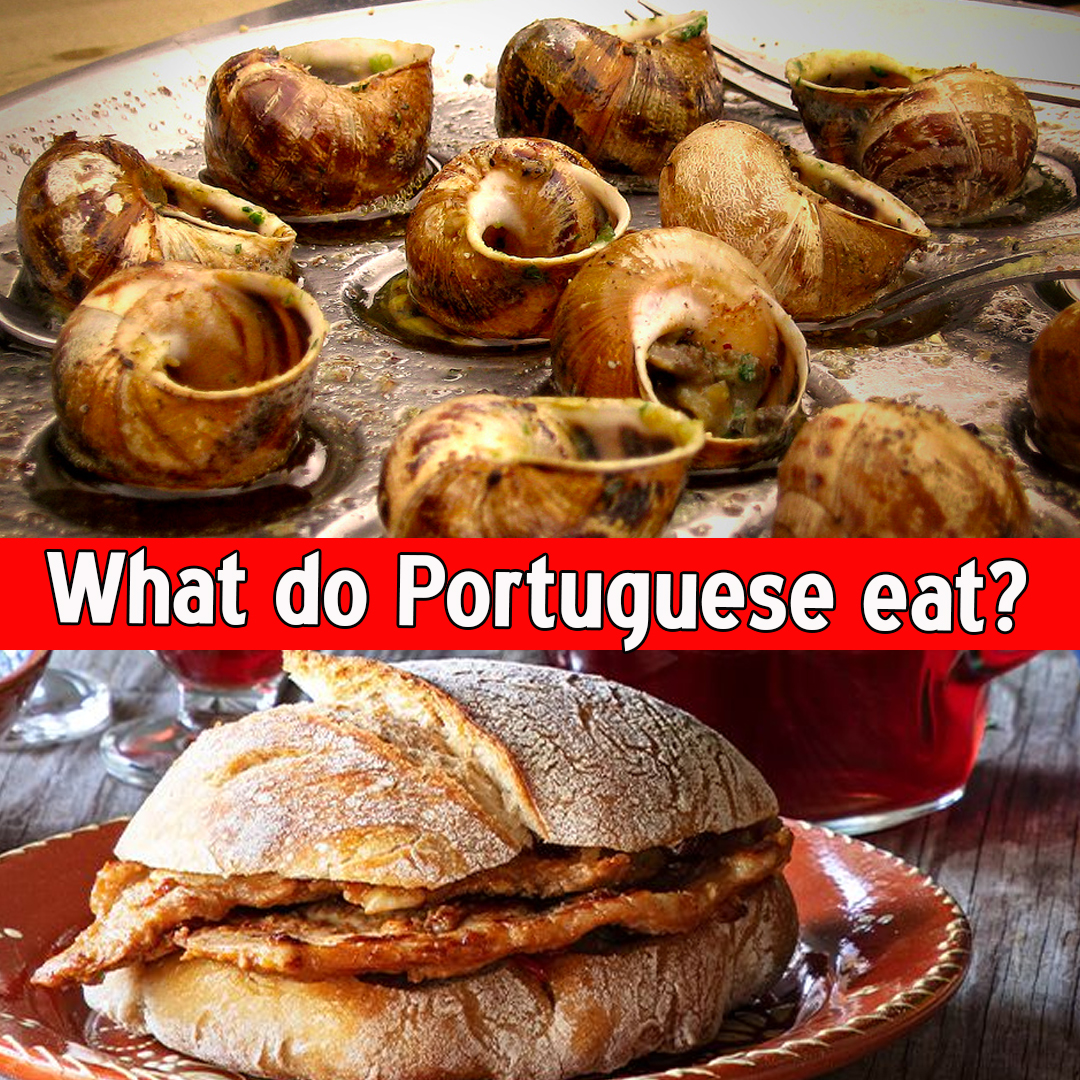


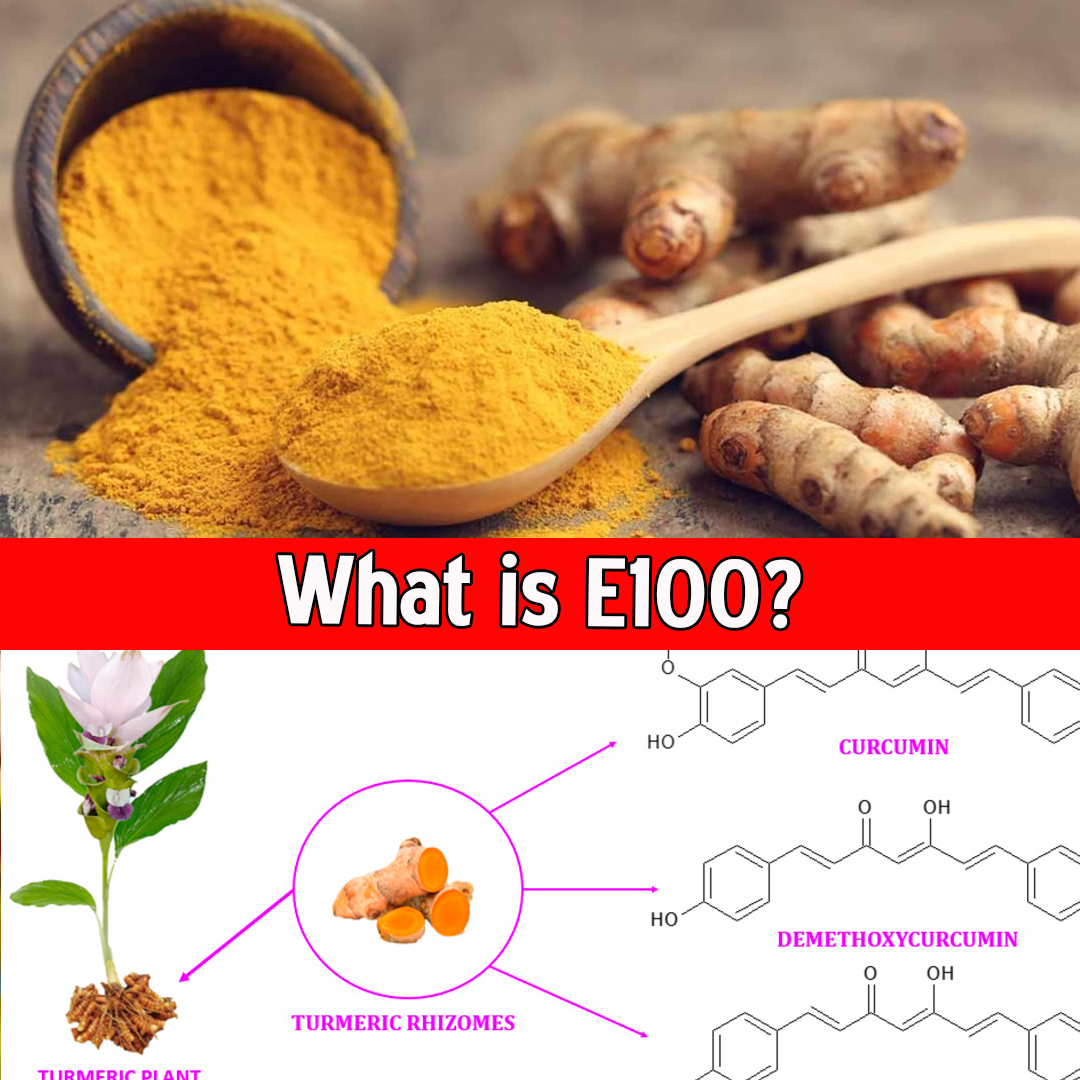

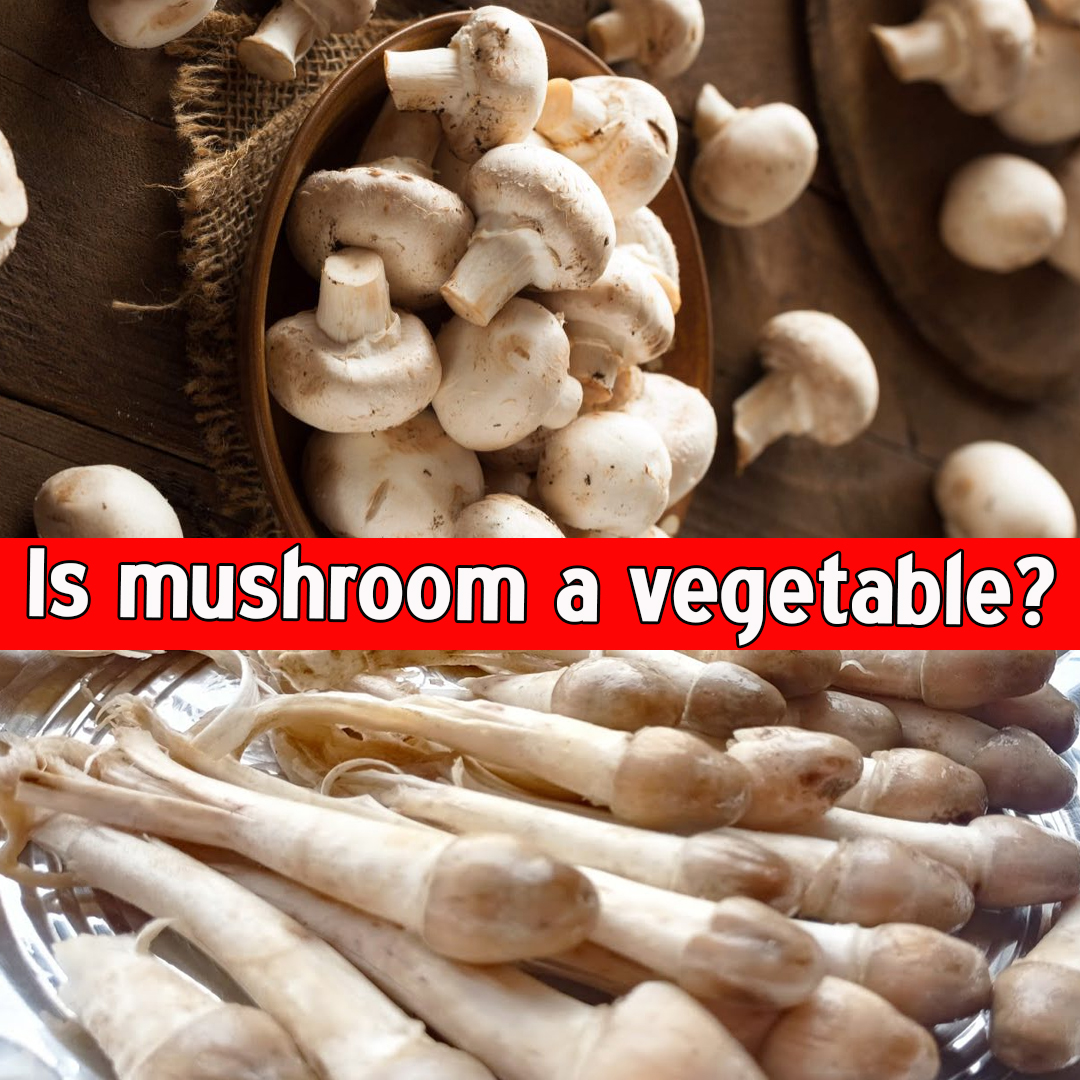

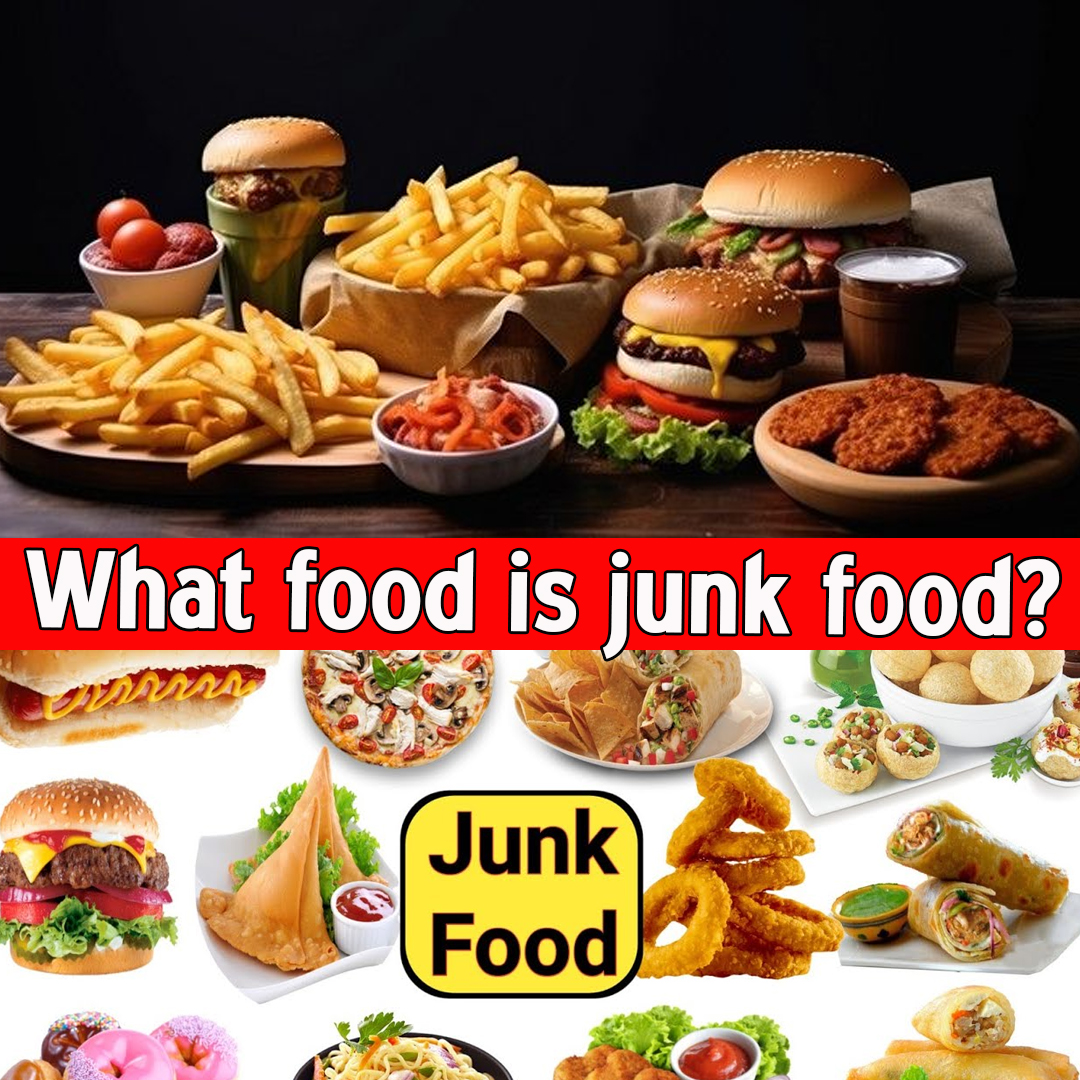

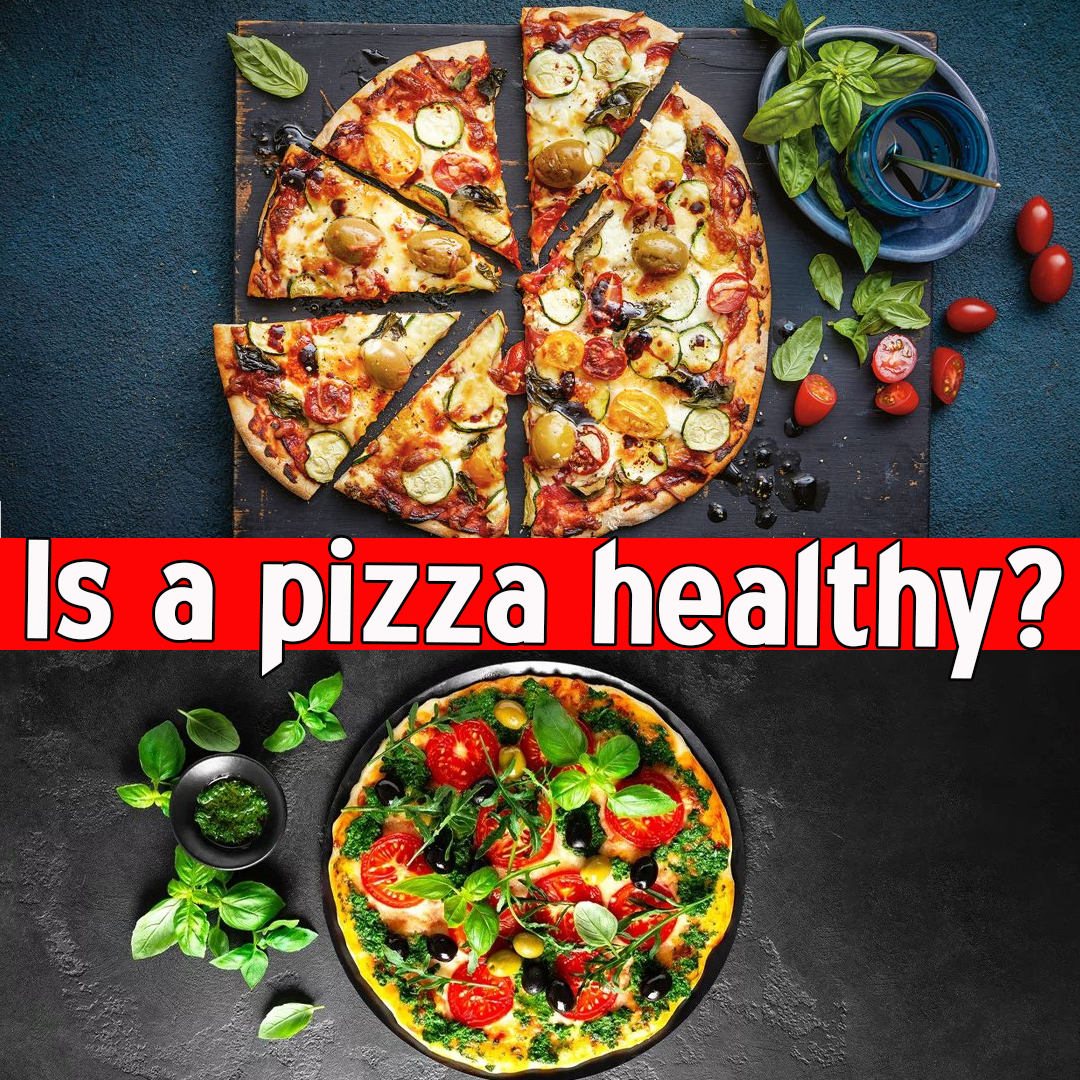

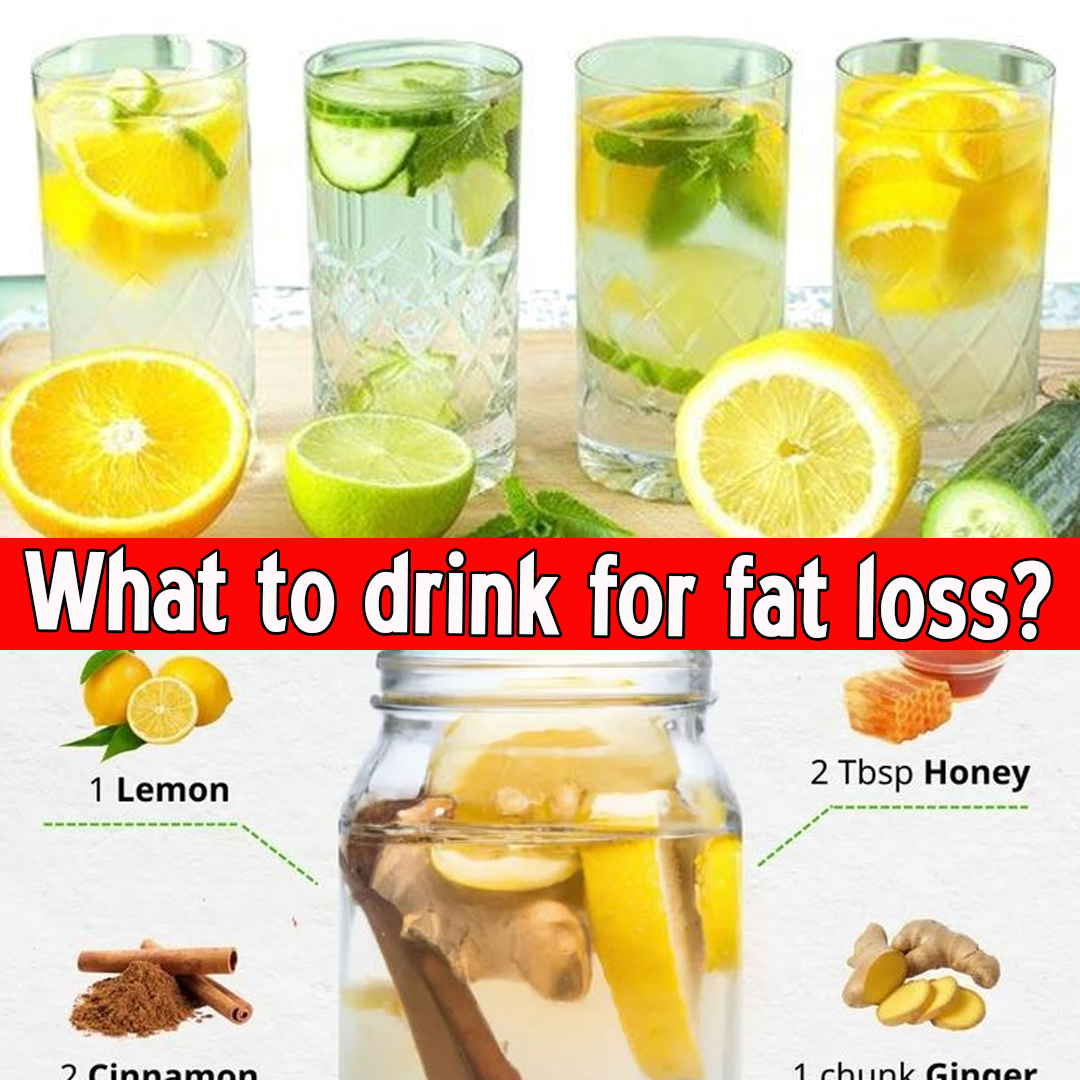
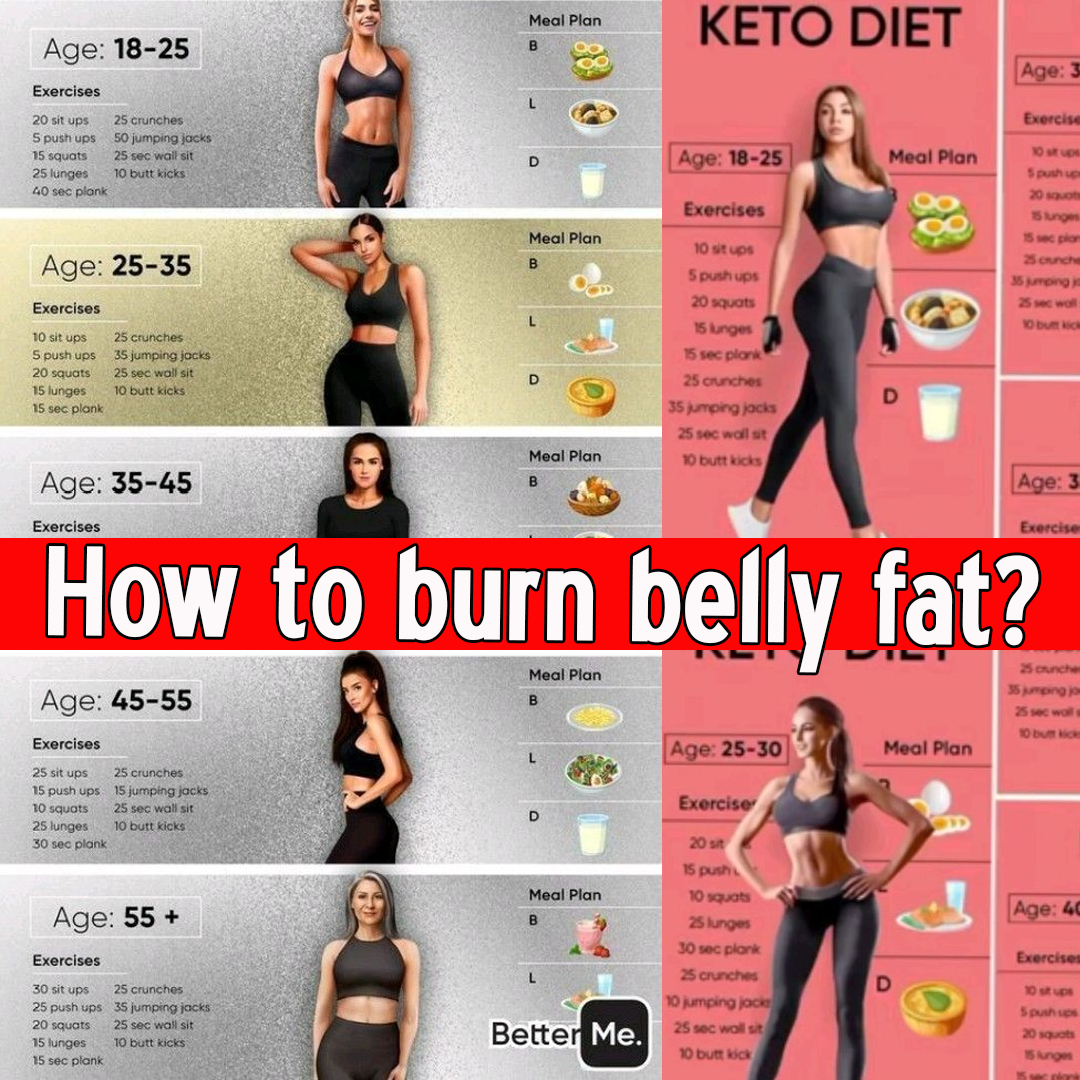

Leave a Reply